Drawing from life is the most common but practice and perseverance are the key to what ever method you choose. The reason for this is simple: life has the lines, gradations, colors, angles, negative shapes, patterns, textures, and other material you'll need to practice every time you look at it, whereas your imagination can not hold anything nearly as complex as the most simple reality in place without years of training. Experience is the most important factor. And it is one that you can only gain from practice, from perseverance, and reference.
Adopting a style is fine, but if you forgo understanding the basics you're going to hit the same wall every time-- not to mention only be able to draw your style.
A style should be more something that happens as you go along, after gaining an extensive understanding of reality.
If you see a weakness in your drawings push yourself to correct the mistakes that you see. Don't accept them, but work to change the way you work.

For me, it has always been a chance to explore areas that I am not comfortable with. And in so doing I am able to make improvements elsewhere as well. One thing that has improved my skills has been my willingness to use reference. I've always found drawing using references to be invaluable, you cant just expect to create a perfectly proportioned image from your mind. This is equally true even when trying to create fantastical or fictional creatures. Many fantasy artists base the anatomy of their creations on real world creatures, this gives them access to real
Improvement?
Improvement is easy if you are willing to go and work for it.
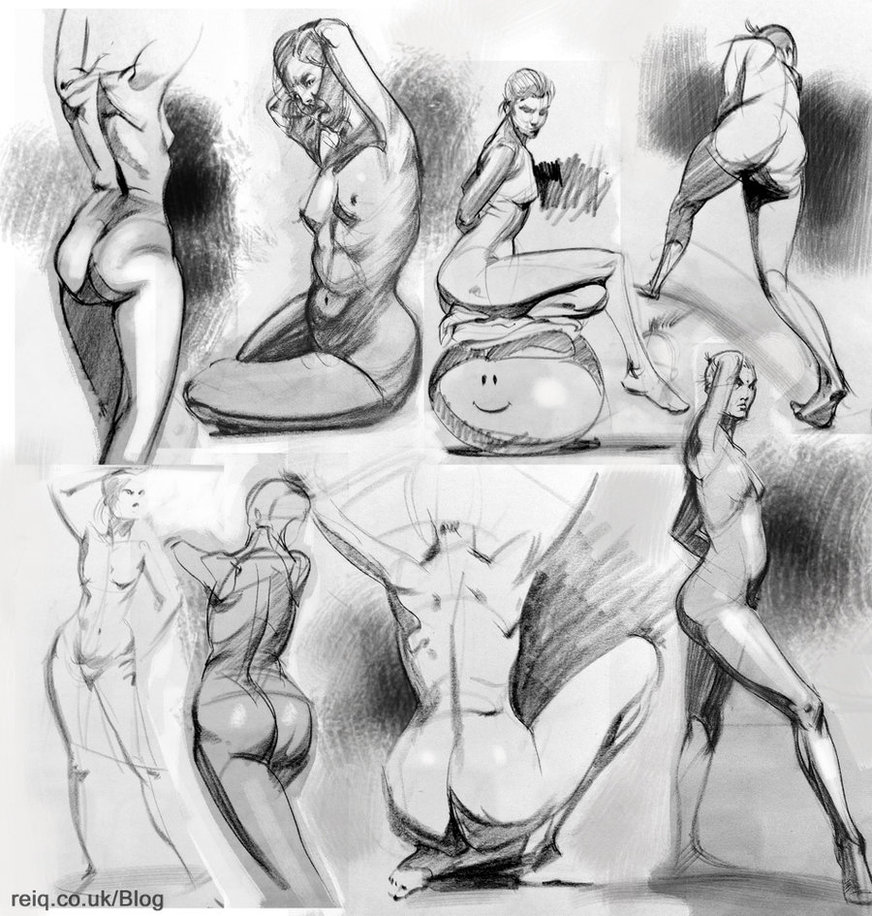
You're going to need to tear down old habits and build new ones in their place, accommodate the messiness and mistakes so you can get around to correcting them in the same drawing, and take a lot of criticism to make great art (showing us your work is a great way to help us help you).
Don't stop and don't forget to keep your goals in mind.
Don't just discard your failed attempts, I have always found it useful to go back and look at my past work. What would I change, what would I do again. Try to learn from them because they can be valuable in a lot of different ways. If you're using a reference don't just look at it. Try laying the drawing over the reference and trace the original so you can see your mistakes.
Don't be afraid to experiment, keep drawing and you will improve every time you pick up the pencil/brush/stylus.
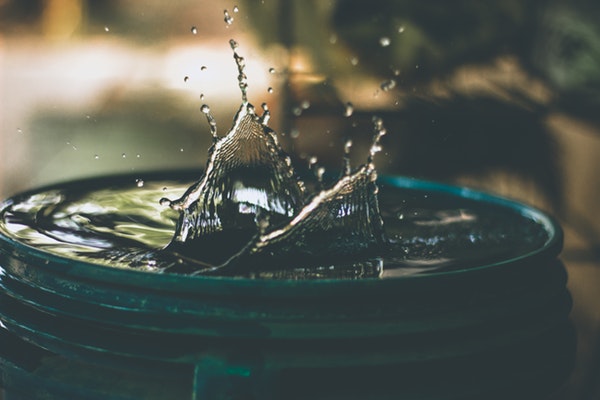
When I first tried to print my watercolor paintings I realized I had a lot to learn. When you try to reproduce watercolors I realized that things needed to be fixed on both ends.
- Less is more for both the painting and the print
- try painting the water first and then adding the color instead of mixing the water and the color before painting on the paper
- Let one layer dry absolutely and completely before painting anything else anywhere near it.
- Scan once everything is bone dry.
Buy Good Paper!!
It is very easy to become frustrated because low quality paper will buckle and warp.
For paper I recommend Strathmore 400 series and Canson Monval make sure is 140lb any lower than that you are going to run into issues.
Both of the suggestions are good quality and inexpensive.
Arches is another good option and I have been told that it is the best quality paper, but expect a large price tag with their paper. The other 2 are perfect I own more Strathmore than Canson.
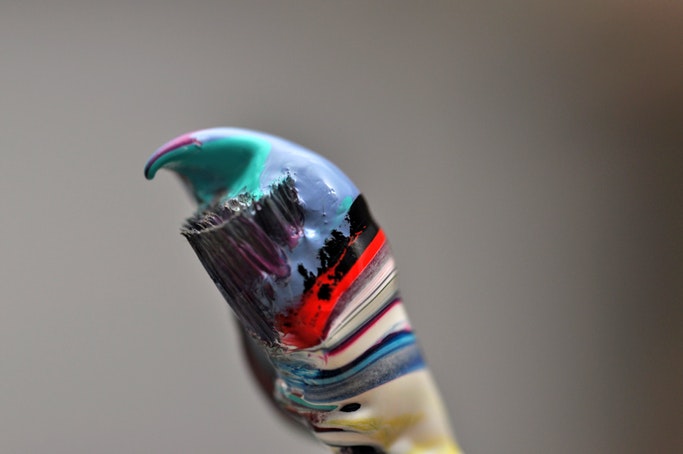
True Prints
Paper is a big part of it, and as you have just read we want paper that does not warp. This is a big part of making things work. Warped paper leaves shadows and ruins the whole art.
I prefer to scan my originals at 1200 dots per inch for archiving, and as for printing I will rescan them at 600 DPI.
Yes, I scan my work twice. The reason is because if you try and scale them down you will not get the same detail as if you actually have a clean scan at size. I have also learned that my scanner can get too much detail, even capturing the shadows of the texture of the paper.
Obviously every printer has its quirks with color, even the settings used to save the file can change the look. Inkjet has far more vibrant colors than laser, so its ideal for watercolors.
That leaves me with three, maybe four requirements:
- A great ink jet printer good ink. I can't imagine using a laser printer would come out with good results at all.
- Great paper- he uses Red River Press paper constantly with amazing results on pearl, matte and watercolor paper.
- A monitor calibration tool. I have a Spyder, an old one I bought from a friend in the print business, which helps make it so the color on screen is what comes out the printer. This has saved me from printing multiple attempts until I am happy with the outcome.
When it comes time to buy, both the Hobby Lobby and Michaels have a handy 40% coupon which is great and they usually have sales.
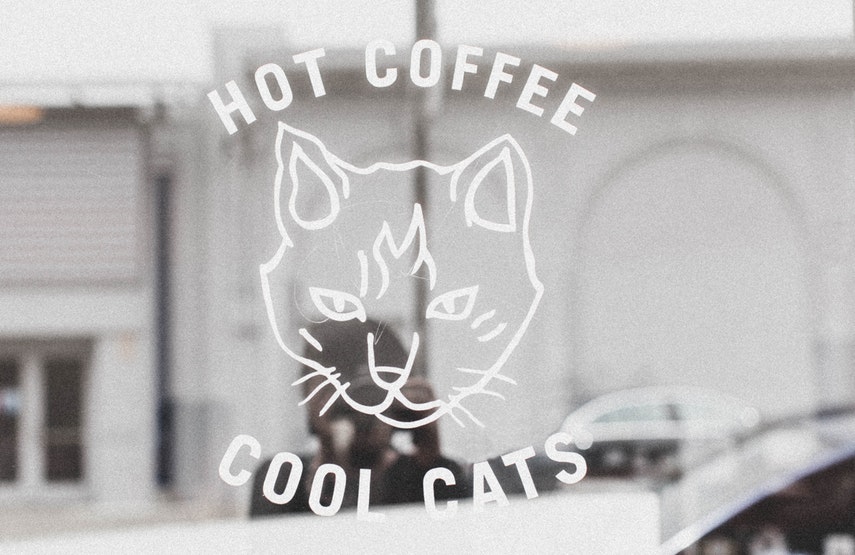
I recommend smaller more frequent meals. They feel more satisfied but aren't getting more food. We also have the Feliway collar. It has pheromones to make your cat calmer, and it has helped my cat get a lot more mellow.
My cat would really get edgy around meal time. Lashing out at you and being naughty to the point of no return.
My theory was as follows:
- He was a stray that had a rough start. I think once he learned that he was living in a safe place with a secure and consistent food source
- He was a young cat/kitten when I got him at about 3 months old. His feeding behavior improved slowly over time and finally "resolved" at about 12-15 months.
- Auto feeder saved my life.
I got an auto feeder that rotates so you can put wet food in it, not just dry food and he immediately cut back on meowing at me every time I got near the kitchen or meowing at my bedroom door for food during the night. I recently read that cats are automatically on defense when they're eating, so it's best if they can face the room instead of the wall. This is how I set up the auto feeder and it seems to have improved the situation as well. We place the feeder near a corner, a few feet out from the wall so they can eat with their back to the wall and can see anyone approaching.
If they feel safer, they might not be as nervous during and after feedings.
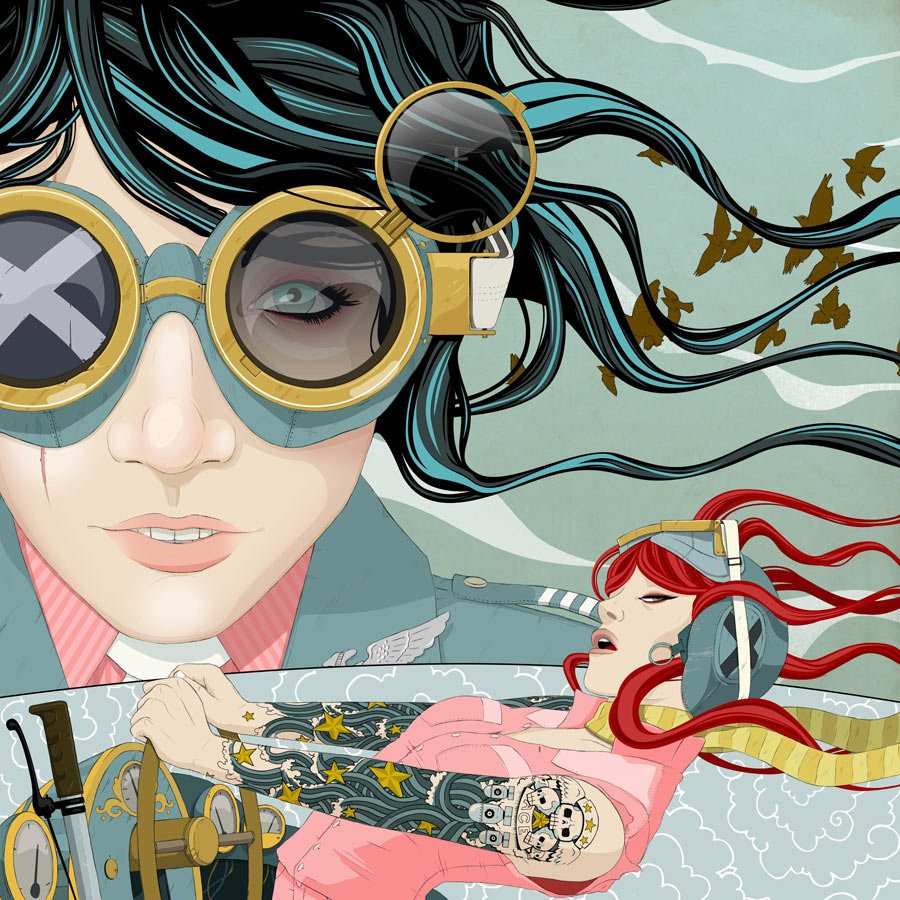
There will always be the older work that I enjoy. Nastaglia, or because it appeals to me in a way that other work doesn't. It has moved into a poition where it isn't judged on the marrits of the time, but the merrits, and there's plenty there I haven't even gotten to yet, but I should probably be forgiving of the stuff I don't automatically get so I don't miss out on so much. I've been meaning to get into Deadpool again.
Greg Capullo quickly became my new favorite a couple of years ago with the stellar art that he had been putting out. For this reason I am able to find a number of his earlier works also good. His run on X-Force and Spawn, while never appealing to me at the time were not viable options.
I'm also a fan of Francis Manapul due to the effort he put into his run on the Flash. What I like about his work is that his paneling is creative, while his covers never cease to catch my eye when I am going through the comic shops.
And while I am by no means a fan of the Teen Titans book, Brett Booth did a great job on the art, leading me to buy some of the issues that appealed to me. Both of these example show that with good art you can do a lot to draw in an audiene that was not that before and brought the book up to a whole new level visually. It just goes to show that there are also some great DC guys. Though the ones working at Marvel have been able to out do them since the beginning.
I think that a lot of confusion comes from the definition of "modern" art, what is it when you look on the shelves? One thing that really defines it for me is "realistic" since this is something that was not common back in the day. Though plenty of artists did go to different measures to achieve it. Nowadays you have people like Extremis to Bagley setting standards for art. Mike Allred style is reminiscent of a modern pop take on the silver/bronze age artists withut feeling dated. When that is paired with the gorgeous retro-tastic colors of his wife Laura, I suspect you'll find them to be your new favorites.
His stuff is great.
While this is true for the art itself there can be a problem when you mix that with modern techniques like blured Backgrounds, when I see this I find it jarring because they like like they've been blurred by Photoshop which they have been. If the artist wants to employ a DoF effect I prefer it when the blur effect is, respresented in the drawn imaged rather than computerized.
If Bagley is standard I guess what I miss is that standard look. It just feels more like a comic book to me. I think it's amazing what these newer artists are capable of doing, but to me it feels wrong for comic books. And I really find it to be a barrier to stuff like Fantastic Four, although I'm not too happy with the writing in that one either.
Marcos Martin style is wonderful, it reminds me of a cross between Steve Ditko and Hugo Pratt.
His covers for Marvel are stellar and the work that he did for the digital-only comic with Brian K. Vaughan, The Private Eye, which is pay what you want (even nothing), so no reason not to check it out.
It is also worth checking out some of the work of Francesco Francavilla. Francesco's work is a combination between pulp and moody realism. You won't find many new comics from him right now since he is mostly working on covers where is the best suited.
While I hate to say it, it is true that some styles don't blend with the in his own right, but only when he is able to create a spectacular Hollywood blockbuster splash page in the vein of Michael Bay. Tony Moore has a very pleasing art style that stays away from these shiney pages.
I'll just stick with the few that I mentioned but the list could be much longer, it just depends on tastes.
This is about bad art in the conventional sense that you may think of, art that maybe won't sell or get any compliments or even look pretty.
This is honestly so important. I didn't create just about anything for four years just because I knew it'd be shit
I think it's so hard to break past beginnerhood sometimes because we are so terrified of making something that isn't accepted by a group of my/your peers.
Then you need to just create a piece with no goal in mind, move the pen against the paper and don't care if it looks pretty.
It's about pushing past the point of wanting to be good, in order to be an artist.
Anything and everything that you can draw has merit. Even if its only job is to help you discover what doesn’t work well.
All practice os valuable.
Speed drawing is the best practice you can do on a regular basis. A lot of people throw style around, they act like it is a must. But when you are just starting out, well, style is a dirty word. It is the last thing you should be worrying about at this stage!
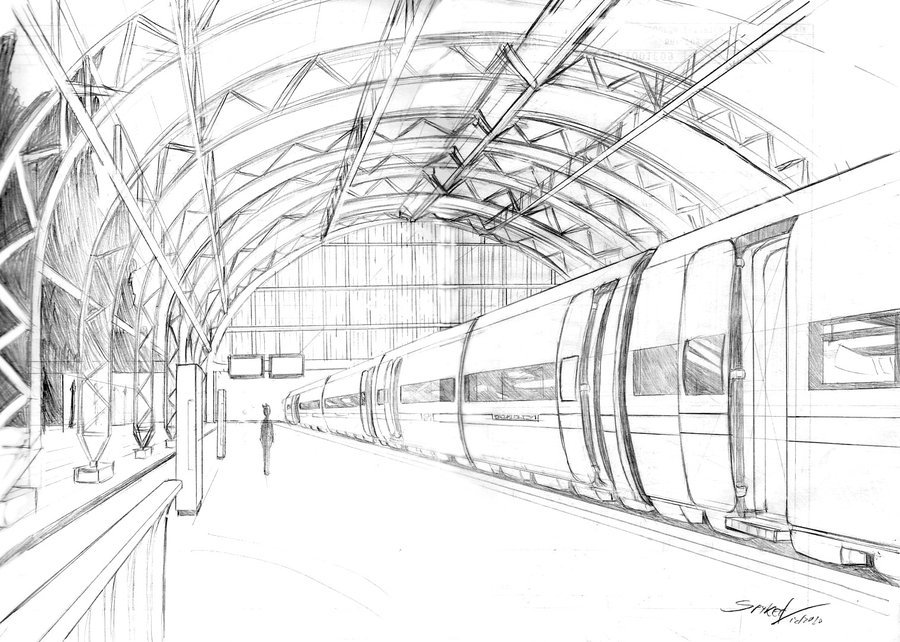
There is a nice site that I enjoy using called Line of Sight https://line-of-action.com/practice-tools/ that has a nice tool that rotates through images grouped in different categories at set time intervals to help you practice efficiently. There are all sorts of tips on what and what not to do, but honestly just going out and drawing is your biggest resource.
And for beginner tips I guess I would say, a big thing you are taught early on is just hand/eye coordination so that you avoid hairy lines. Some people might be confused so I will add: a "hairy" line is a line that has a lot of stops and starts. It stems from a lack of confidence in where the line is going. The way to practice this is through a method called "ghosting"- practicing lines in he air just above the paper before actually drawing them in.
Draw, draw, and keep drawing!
It requires that you have a need to have a solid understanding off to consider yourself versed in the basics:
- Perspective: Drawing without learning the structure underneath will train your hand but not your understanding of the form.
- Line quality: Thick v. Think, and remember no "hairy" lines!
- Composition
- Proportions/life drawing
- Anatomy
- Lighting
When it comes to books. There are so many great options that it seems unfair to actually name one for each of these areas, but if I would suggest an artist, I would say: pick up the books from Andrew Loomis. Specifically, Figure Drawing for All Its Worth. It has been reprinted in nice reasonably hardback edition, and it is fantastic to say the least.
Then, while it is not necessarily figure drawing, the Bridgeman books Constructive anatomy and the human machine are good.
Drawing is also mindset. You have to put yourself in the right frame of mind when you draw. While you may not be where you are today, if you keep working on it it will get better over time.
Cats like to remain clean but then again you probably do too. Cats don't want their scent to alert their prey and predators and rivals that there's a cat in the area.
Grooming by other cats with their barbed tongues keeps their fur free of knots which can become dirty and hold scents, which they want to avoid, and the saliva cleans the fur too. The other reason is connected to this: cats have nerve endings clustered in such a way that being groomed feels good.
It's all part of bonding.
This is an evolutionary function: If grooming feels good, they'll groom more often and be groomed by other friendly cats. By grooming each other, they all remain clean and therefore safer and more likely to get a meal. They all benefit from this. So cats who enjoy the sensation of something rubbing against their fur, e.g. another cat's tongue, or a human hand, are more likely to clean and be cleaned, and therefore survive. The same nerves that make them enjoy a cat's tongue are activated by a good rub/scratch from their loving humans.
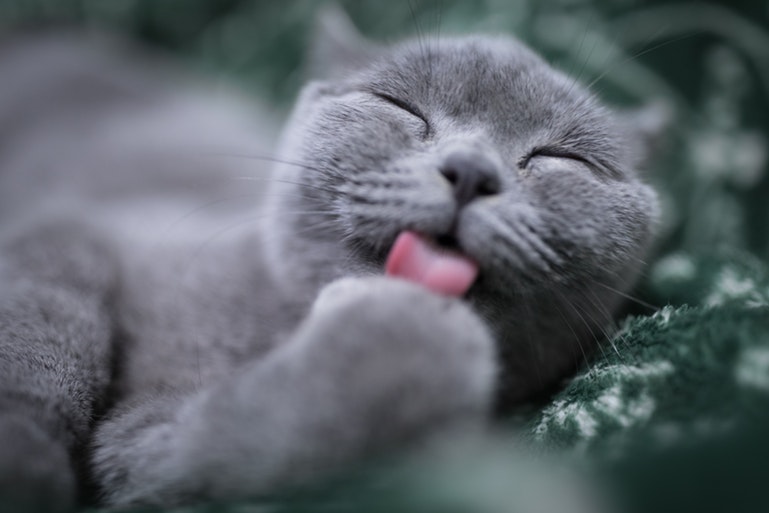
The petting they then expect is just part of the cat social structure.
The other reason that is suggested as to why they like petting so much is also connected to tongues.
They want to share a scent with you, to make a smell that they associate with family. This is a more controversial point as it's not known for sure whether cats use scent as a social/familial marker, as this would seem to contradict with their neurotic attempts to remain scentless.
Though as most of us know, our own cats normally do have a gentle scent, and it's normally absolutely lovely!
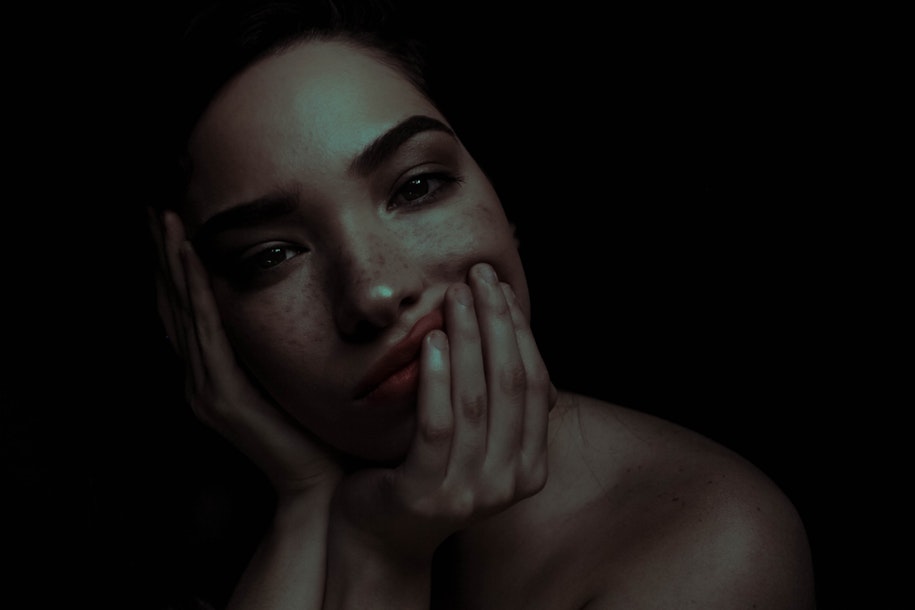
A good cartoonist always has learned to draw realistically first. To give a cartoon body a sense of realism you need to get how real bodies work.
Basically you got to know the rules before you can break them.
I know it's basic and boring advice.
But doing art studied will help you can an understanding on how to construct any sort of image. Studying from life will give you plenty of practice and help you break down more complicated drawing tasks into shapes or whatever your preferred method is if you do it enough. You can go to a used book store and go to the art section and pick up anatomy books and life drawing books pretty easily.
And this works if you want to approach a certain style too.
Look at your art inspirations and study their work. Learn what you like and what you don't, put your own spin on it.
It boils down to practice and challenge yourself in some different way with each new practice session. It can be really hard for yourself to accurately judge how much you've improved since you see the work on a regular basis. You've probably improved a lot more than you think. Posting an album of your chronological work may help people give honest opinions.
Don't give up!










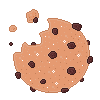 Now it is time for a cookie!
Now it is time for a cookie!